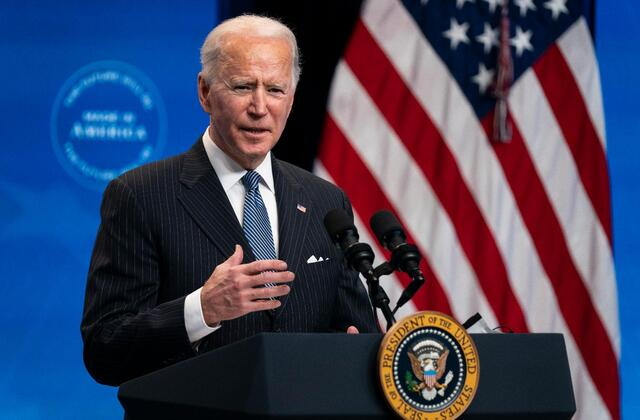Unit 9: United States Foreign Policy (1898-1933) Overview
Unit 9: United States Foreign Policy (1898-1933)

Unit 9: United States Foreign Policy (1898-1933)

Unit 9: United States Foreign Policy (1898-1933)
The United States was founded on the basic value of independence. And not just independence in the basic sense – aside from autonomy, our founding fathers valued self-reliance and nonalignment. George Washington articulated this in his Farewell Address of 1796, in which he urged politicians to guide U.S. foreign policy in a way that would avoid entanglement with foreign conflicts as much as possible. However, the turn of the 19th century brought a dramatic change to this long-standing tradition. As the U.S. grew, it became largely apparent that such policies were no longer in its best interest. A drive for an economic advantage over other world powers led the U.S. to become more entrenched in foreign affairs than ever before between 1890 and 1920. Further, its new status as a global power ensured that it could not maintain the neutrality it so prized, and proved that isolationism and expansionism could not coexist.
Up until 1890, American foreign policy was largely characterized by three main policies: the isolationism promoted in Washington’s Farewell Address, Manifest Destiny, and the Monroe Doctrine. While both Manifest Destiny and the Monroe Doctrine promoted American control of the western hemisphere, until this time they were largely meant to protect existing American land claims and maintain national security. However, as the U.S. grew more ambitious, politicians like Taft and Roosevelt began to view the Monroe Doctrine as a policy that entitled the U.S. to spread its influence rather than one that prevented other countries from doing so. Manifest Destiny began to lend itself to imperialism rather than simply Western expansion. Both these changes led to isolationist policies being largely abandoned as the U.S. gained a modest empire in the Pacific, and a growing influence on the world stage only made it more susceptible to involvement in a World War.
The increasing desire for trade with Asia, especially China, was exacerbated by Secretary of State John Hay’s Open Door Policy of 1900, which promised equal access for all countries to this highly profitable market. The possibility of such trade prompted the U.S. to seek means of maintaining a trade relationship with a region halfway across the world. The Spanish-American War provided that opportunity. Politicians like Theodore Roosevelt saw it as an opportunity to gain critical access points. And it did – through the war, the U.S. gained control of many territories, including Cuba and the Philippines. The Philippines eventually took seven years of warfare to gain control over, with costs far exceeding those of the initial Spanish-American War. This aggression for the sake of economic advantage, attests to the increasingly interventionist mindset of American foreign policy. The same year that the Spanish-American War ended, the U.S. annexed Hawaii – another unprecedented move. The overthrowing of the existing Hawaiian monarchy in order to put it under American control was eerily contradictory to the ideals of independence and freedom so valued by Americans in the Revolutionary War.
Perhaps the greatest contradiction of all was American involvement in WWI. Although Wilson attempted to remain neutral, it soon became clear that international economic ties and trade agreements would make this altogether impossible. German aggression in the form of submarine warfare also prompted involvement. It was clear that remaining passive was no longer in the best interests of the U.S. – and as an emerging world power, it could no longer avoid the conflicts of other countries. Wilson’s proposal to join the League of Nations was the final blow to any remaining pretense of American isolationism – although the U.S. did not end up joining, this willingness to become tied so closely to other countries was a stark change from George Washington’s vision of the nation’s future.
Today, the U.S. is as far from Washington’s original vision of anti-interventionist foreign policy as anyone could ever imagine possible. In an increasingly globalized world, the U.S. is inextricably intertwined with hundreds of other countries through the UN, trade relationships, military alliances, and more. And as technology continues to advance, this trend will only continue. Globalization cannot be stopped – and at this point, it is still unclear whether or not this is a good thing for the U.S. in the long run. Either way, Americans must continue to embrace our increasingly strengthening ties with the global community now and into the future – as we began to do between 1890 and 1920.
This unit emphasizes how the United States had become a world power by the early 20th century.
Unit Focus
- Ways United States gained a sphere of influence in China
- Foreign affairs and policies during administrations of Presidents Theodore Roosevelt, William Howard Taft, Woodrow Wilson, and Franklin D. Roosevelt
- Ways United States gained control in Latin America and Caribbean
- Problems in Latin America
- Reasons United States became a world power
Vocabulary
Lesson Reading
Videos and Interactives (Click on Images to View Content)

